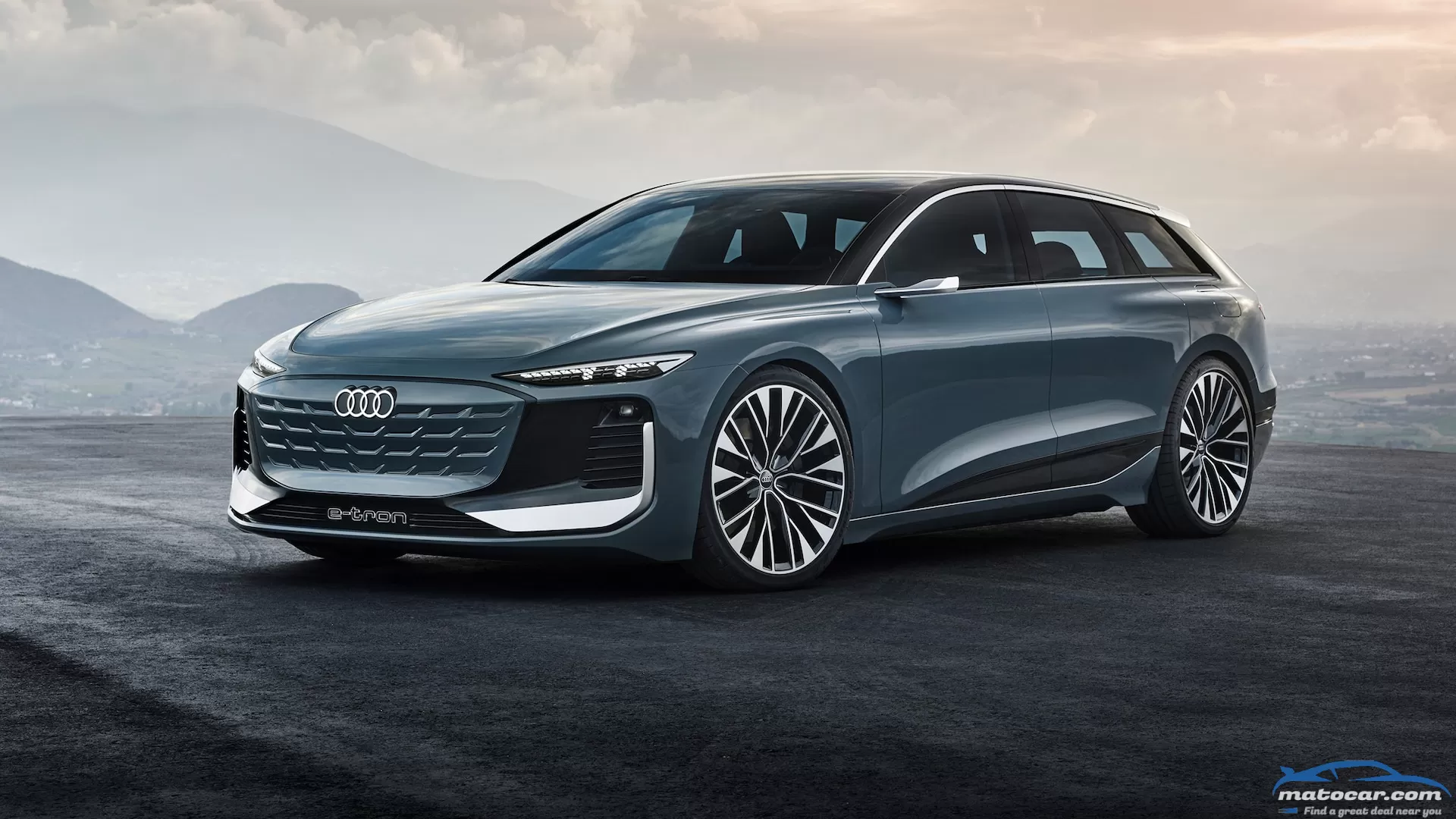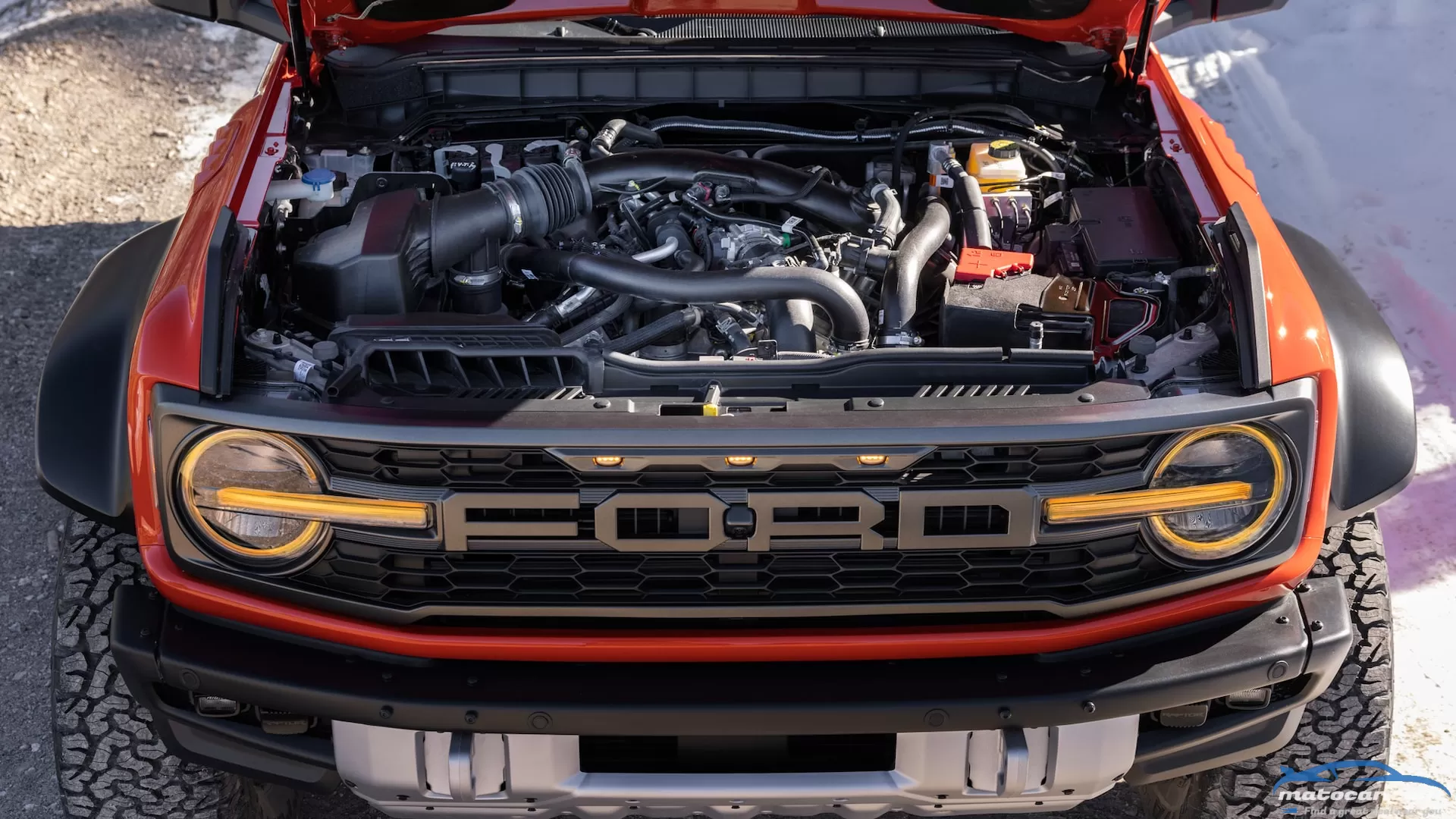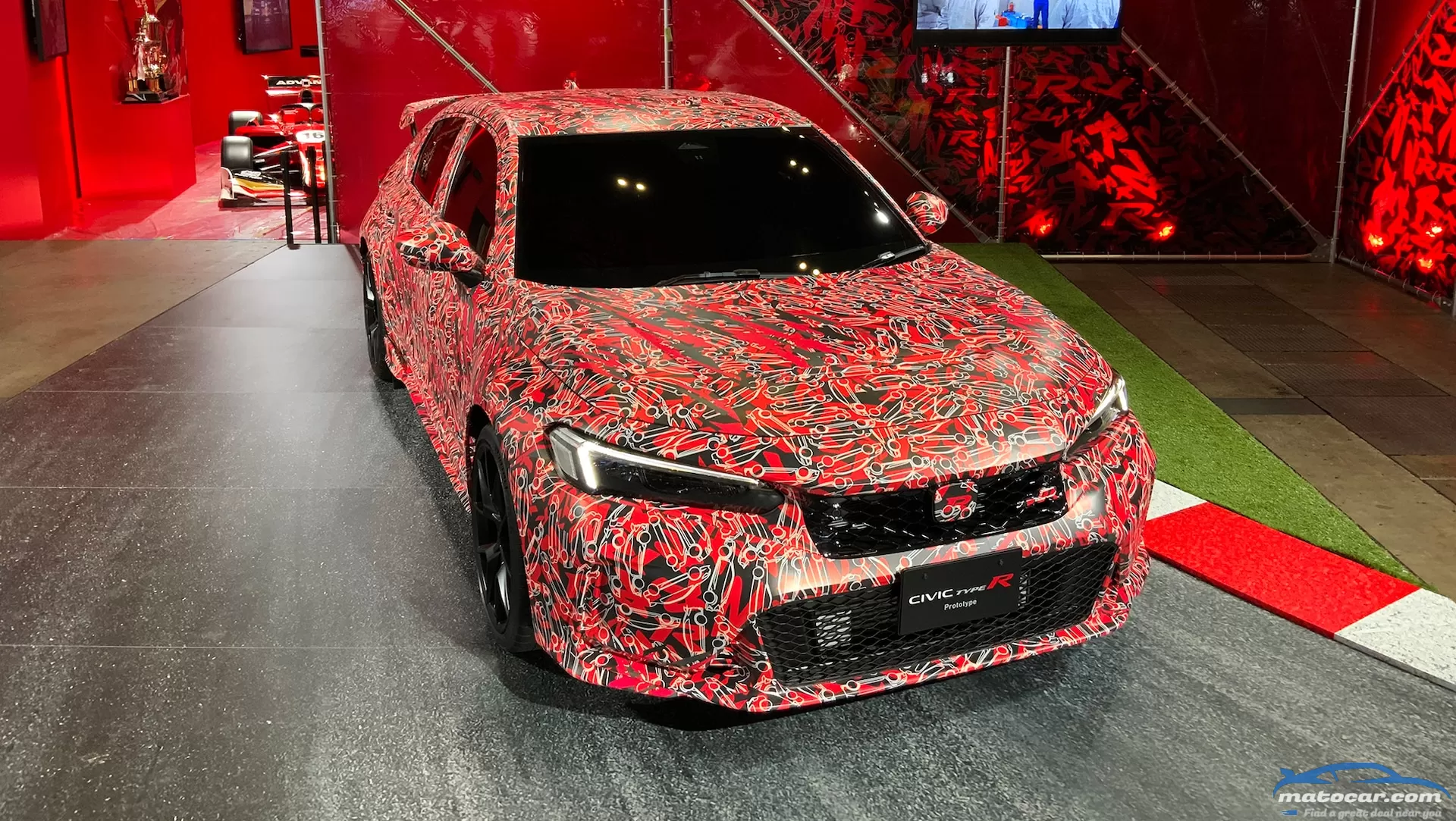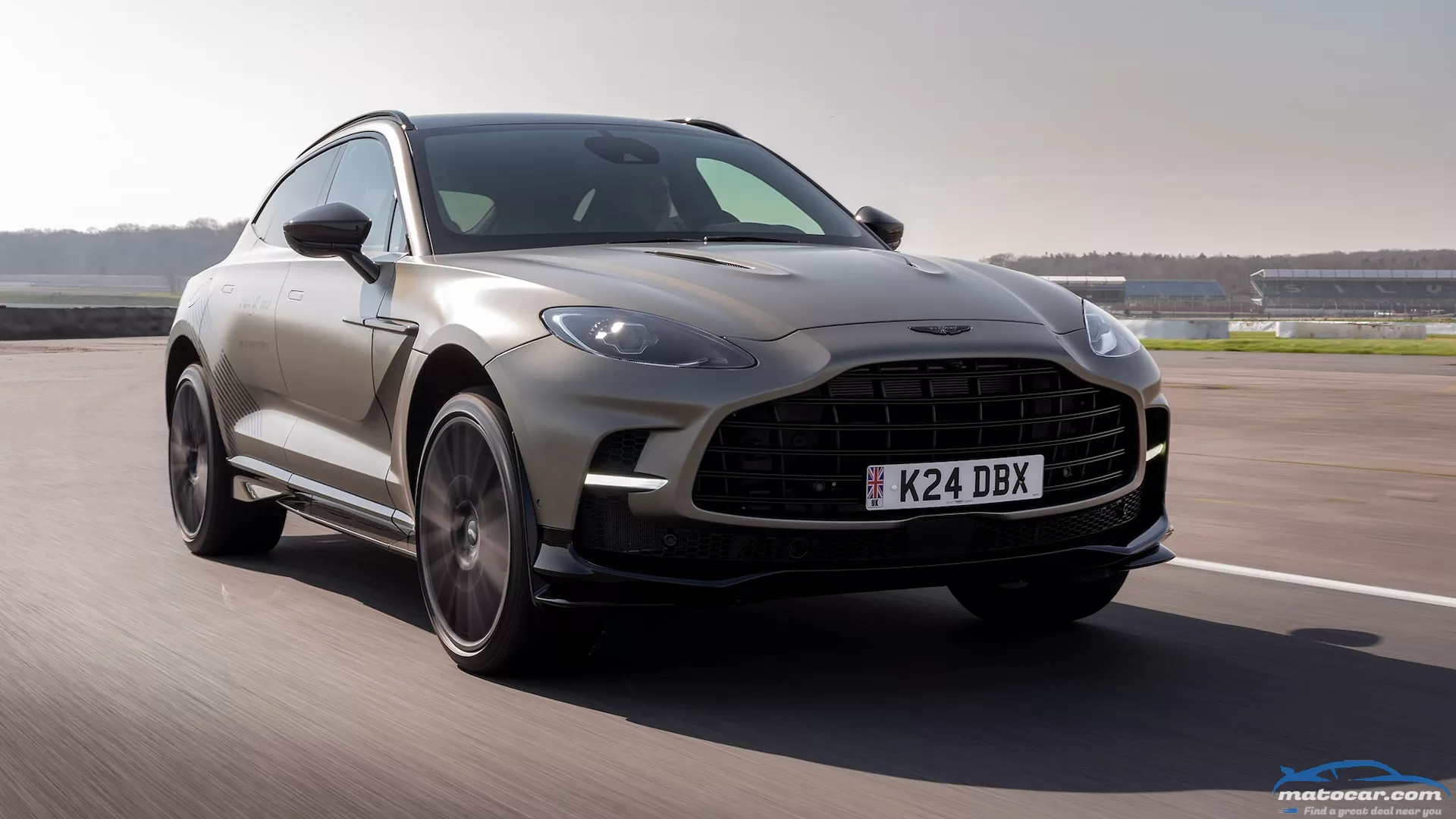Audi A6 Avant E-Tron Concept First Look: The Drop-Dead Station Wagon, Electrified

With back-to-back electric vehicle reveals last year, including the all-electric A6 E-Tron Concept, Audi just unveiled another close-to-production EV model. Underpinned by the same platform as the upcoming A6 EV sedan, the Audi A6 Avant E-Tron Concept is a peek at the monolithic electric station wagon version with an ultra-long wheelbase. Slated to join the four-ring brand next year, the battery-powered A6 Avant E-Tron will effectively be the first electric station wagon available in the U.S.
Powertrain and Range
A Quick Overview
Audi equipped this concept car with advanced exterior lighting technology designed and developed in-house. Drivers can configure the LED headlights and OLED tail lamps with various custom light signatures. High-resolution projectors built into each side of the car illuminate the ground and function as greeting lights and warning signals for approaching bicyclists.
And finally, while recharging the battery, occupants can play videos games on a virtual screen projected onto the wall in XXL format via the LED headlights. (The car must be parked and, of course, facing a wall.)
Design Analysis
Pricing and Availability
You may also like
We've all known a Ford Bronco Raptor was coming, but nobody in the public Broncosphere has known for sure how Ford Performance planned to endow the Bronco with F-150 Raptor-worthy performance—would it do so using an EcoBoost V-6 (and if so, which one?) or a Coyote V-8? Well, now we know: The Ford Performance gang has worked its magic on the 3.0-liter EcoBoost twin-turbo V-6 from the Explorer ST, modifying it extensively to suit the Bronco Raptor's mission, which is to "reward the revs." (For more on the V-6/V-8 decision, head here.)That means the engine should produce meaningful power all the way out to the far reaches of the tachometer while the standard 10-speed automatic transmission's gearing ensures that power is easy to explore the top of the tach. Here's what it took to turn a family SUV motor into a desert stormer for a hardcore 4x4, plus the modifications needed to get that power safely routed to the ground.What's Under the Bronco Raptor's Hood?You'll recall that the 3.0-liter EcoBoost is basically a bored and stroked EcoBoost Nano family sibling of the compacted-graphite-iron-block 2.7-liter powering other Broncos, so it bolts in with relative ease. Relative to the Explorer application, this Bronco Raptor 3.0 features unique cylinder heads that eliminate the exhaust-gas recirculation and emphasize maximum air flow into and out of the engine.A giant high-flow intake airbox and filter drop air straight down into the turbos on each side, helping to reduce the overall restriction on the low-pressure side by 50 percent. The turbos themselves are new for the Raptor, and the plumbing to, from, and through the intercooler is improved to lower restriction. The combustion chambers flow more air, then aft of the turbos there is a full true dual exhaust system with 2.7-inch pipes and a new-to-Bronco four-position active-valve (Quiet, Normal, Sport, and Baja) that reportedly helps deliver a total drop in backpressure of 20 percent.The combined effect of all these mods is greater "boost durability," which means the boost sustains to enhance high-end power and prevents that feeling of power falling off a cliff as you near the engine redline. The new Baja drive mode also activates an anti-lag turbo calibration that further maximizes performance during high-speed desert running. As of press time, the team is still six weeks or so from finalizing the engine's state of tune and certifying it with the EPA, but we're assured it will make north of 400 horsepower. Considering this engine makes 400 hp at 5,500 rpm and 415 lb-ft at 3,500 rpm in the Explorer ST, we'd expect a healthy increase in peak power, probably at a higher rpm, with peak torque rising less but remaining available over a wider plateau (final calibrations are underway with peak output specs expected by late February).Driveline ModsIt takes a lot more torque to get a big 37-inch tire spinning than it does a 30-inch 255/70R16 or even a 35-inch 315/70R17 Sasquatch tire—especially if one tire ends up pulling the entire vehicle, due to locked axles and slippery conditions under the other three tires. Then there's the driveline shock that comes when a big, spinning tire suddenly finds traction and stops or slows upon landing from, say, a jump. To cope with these magnified driveline forces, both front halfshafts and both ends of the stronger front drive shaft get beefy constant-velocity joints—no simple universal joints here. The outer hubs and bearings are also strengthened.Following the torque aft, the rear drive shaft is also beefed up and it feeds a stronger new Dana 50 Heavy-Duty AdvanTEKrear axle (up from a Dana 44) made of thicker (9-mm) steel tubes capped at each end by a unique forging that helps widen the track. The differential is fitted with a bigger, stronger 235 ring gear (up from 220) and pinion, retaining the Sasquatch model's 4.70:1 axle ratio. Ford Performance developed both these axles and fits them to the Bronco DR race truck. They increase the track width by 8.2 inches front, 6.7 inches rear, relative to the Sasquatch package.Upstream of all this, the transfer case gets a stronger clutch for 4A automatic on-demand engagement, but it carries over the 3.06:1 low-range ratio and overall 67.8:1 crawl ratio. The standard 10-speed automatic is unchanged but for a revised torque converter and the addition of a second transmission oil cooler.Fearless Bronco Raptor 0-60 Time PredictionFord doesn't estimate acceleration times, but it says the base Bronco Raptor's curb weight should come in just under 5,750 pounds. If we conservatively estimate engine output at 430 horsepower, that gives a weight-to-power ratio of 13.4 pounds/horsepower. That's almost exactly what we measured on the last Ford F-150 Raptor 37 pickup we tested (13.3 lb/hp), and that full-size truck took 5.6 seconds to hit 60 mph on the same tires, with virtually the same transmission and a slightly taller axle ratio. So we're guessing the smaller truck will improve on that just slightly and lay down a 5.5-second 0-60 time, shaving at least a second off the quickest Bronco time we've measured.
The next-generation Honda Civic Type R is on the way. If you've kept up with the latest buzz, then you've seen the red, black. and white camouflaged prototypes several times now. The eagerly awaited hatchback will debut this year as a 2023 model and once again is offered with a manual transmission—an option fast disappearing from the Civic family here in America. But while we continue to wait for the hot hatch's official unveiling, Honda has released footage of the Type R-still under that red, white, and black wrap-zipping through the Suzuka Circuit in Japan. This is essentially video of the same car captured in still photography last month at the same track.When the 2023 Honda Civic Type R finally arrives, it should feature a more powerful 2.0 turbo-four, somewhere in the ballpark of 315 to 335 hp. In keeping with its track duties and sportier appearance, the front-drive hatchback will come fitted with red-painted Brembo brake calipers as the previous model. As for the inside, it appears that Honda is installing an updated version of the cloth bucket seats in the intense Flamin' Hot Cheetos color.The teaser video gives us a sense of the all-new Type R's feral capabilities. Listen to that turbocharged sound—okay, at least in this clip, it doesn't sound like much, but the drone-y engine at least seems quick. We can't wait to try out the grip provided by those sticky Michelin Pilot 4S tires or the pull of that turbo I-4 for ourselves, as we expect the less manic-looking hatchback to push performance limits even harder than the predecessor while upping its already surprising maturity even further.
aston-martin dbx Full Overview"Watch this." Aston Martin boss Tobias Moers keeps his foot hard on the brake, selects launch control, and pushes the gas pedal to the floor. The revs build with a guttural snarl, then he sidesteps the brake pedal. The Aston Martin DBX707 super-SUV lunges with a roar like a hungry lion, the nine-speed transmission snapping through the upshifts as the twin-turbo V-8 kisses the 7,000-rpm redline. Moers laughs out loud. "It's ridiculous fast," he says.A tight left-hander. Moers pitches the Aston into the turn and punches the throttle. The tail swings wide, and he catches the motion with an armful of opposite lock. He keeps his foot down, and the Aston exits the turn in a graceful drift, as comfortable and composed as a sports car. Moers grins. "You shouldn't be able to do this in an SUV," he says, shaking his head.It's good to see the boss enjoying his new toy.And the Aston Martin DBX707 is very much Moers' toy. His fingerprints are all over Aston's new super-SUV, from the tweaked, AMG-sourced 4.0-liter twin-turbo under the hood, to the AMG Speedshift MCT wet-clutch nine-speed automatic with its Sport+ mode and launch control function, to the chassis that's been tuned to deliver precision and support without compromising ride comfort.The DBX707's mission statement is simple: to be faster than a Lamborghini Urus and to handle better than a Porsche Cayenne Turbo Coupe. And after a brief drive of a production-ready prototype at Aston's compact Stowe Complex test track at Silverstone, England, we're tempted to say, "Mission accomplished."The DBX707's raw thrust is a given: With 697 hp and 664 lb-ft of torque under the hood, even a 5,000-plus-pound SUV is going to feel quick. This Aston builds speed with relentless intensity, the power delivery so smooth and linear, you must carefully watch you don't hit the rev limiter if you're shifting manually. Moers claims a 0-60-mph acceleration time of less than 3.5 seconds and a top speed of 193 mph, and the DBX707 feels every bit that quick.But what's much more impressive than how the DBX707 goes is how it handles. It feels agile and responsive, not twitchy or straining at its tethers, especially when changing direction rapidly. It has, quite simply, the best, most authoritative front end of any super-SUV in the business, precise in its response and concise in its feedback. Turn in, and the Aston goes exactly where you point it. More important, there's plenty of support from the rear axle, right through from corner entry to exit.Much of that, Moers says, is the result of a major rework of the front suspension, particularly in terms of its supporting structures. A cross-brace means the front shock top mounts are 55 percent stiffer than those of the standard DBX. A 0.16-inch-thick underbody panel has raised torsional stiffness by 1.3 percent to improve steering response and impact control. Compression and rebound damping have been increased by 20 and 10 percent.Modifications at the rear include a new e-diff with a higher locking rate, and spring and damper rates that are softer than those at the front. Overall, the electronic active roll system has been recalibrated to deliver 50 percent more torque on low body motions, and the roll control is now more rear-biased at higher cornering speeds to reduce understeer.As a result, the DBX707 feels remarkably light on its feet, with none of the slightly leaden, nose-heavy feel you get when pushing a Lamborghini Urus or a non-GT Porsche Cayenne Turbo Coupe—the car Moers' team initially used as a dynamic benchmark—and little of the exaggerated roll and head toss you normally feel in vehicles with a high center of gravity. And although it's tighter and tauter than a regular DBX, the ride is still impressively refined, with no harshness or jitters over small, sharp lumps and bumps.It still feels more like a grand tourer than a track rat.The Aston Martin DBX707 is hella fast in a straight line and jaw-droppingly good through the twisty bits. We'll reserve final judgment until we get to spend more time with it on real-world roads a few weeks from now, as well as until such time we can pitch it against its rivals in a proper comparison test. On first impression, though, the DBX707 just might be the new benchmark super-SUV.Looks good! More details?




0 Comments